A great lemon cake should taste like a summer afternoon regardless of the time of year- bright, zesty, and just indulgent enough to make you pause between bites and appreciate a lovely moment in life. But let’s be honest: too many lemon cakes don’t live up to the promise. They’re either cloyingly sweet, aggressively tart, or, worst of all, dry as old parchment paper.
The truth is, a truly perfect lemon cake isn’t just about tossing in some lemon juice and hoping for the best. It’s about understanding the chemistry of citrus, balancing flavour, texture, and aroma, and, most importantly, letting the lemon shine through in all its zesty glory.

Lemon Cake Through History – A Dessert With a Legacy
Lemon in baking isn’t new - it’s been a prized flavour in European and Middle Eastern desserts for centuries. But before it became the go-to citrus for cakes, it was considered more of an aromatic enhancer than a starring ingredient.
- In 18th-century France, lemon was used in Gâteau Nantais, a dense almond cake laced with rum and citrus, where lemon’s role was supporting, not leading.
- In Italy, lemon cakes evolved into Torta al Limone, where almond flour and lemon syrup created a richer, more fragrant profile.
- In Middle Eastern baking, lemon pairs with turmeric, cardamom, and floral extracts, proving that citrus has always had a place in more complex flavour profiles.
Fast forward to today, and lemon cakes are having a resurgence. With the rise of Mediterranean-inspired desserts, pâtisserie-style citrus tarts, and even lemon-flavoured cocktails, bakers are treating lemon with the same respect as vanilla or chocolate.

So how do we make a lemon cake that isn’t just good, but unforgettable?
The Lemon Matters – Why Zest Beats Juice
Not all lemons are created equal. A sad, supermarket lemon, bred for shelf life rather than flavour, won’t do your cake any favours. If you want your cake to taste like actual sunshine, look into the following citrus fruit:
- Meyer Lemons – Slightly sweeter, more floral, with a softer acidity.
- Eureka/Lisbon Lemons – Classic, sharper, and more aromatic.
- Yuzu or Bergamot – If you want a sophisticated twist, these bring layered citrus complexity.
But here’s the real game-changer: lemon zest matters more than lemon juice. And whatever type of lemon you get, UNWAXED trumps waxed. Why?
Lemons are waxed to pro long shelf life. Funnily enough, even though waxed lemons go through another level of processing and you'd think that processing would add to the cost, they tend to be cheaper than unwaxed lemons due to the shelf life. Anyway, we digress. While waxed lemons are fine for juicing, they aren't great for zesting as the wax alters the flavour of the zest. And here is why the zest is so important:
- Lemon juice is mostly water, which means adding too much can weaken the cake’s structure.
- The essential oils in zest pack pure, undiluted citrus intensity.
- Pro trick: Rub lemon zest into sugar before mixing - this infuses every bite with deep lemon fragrance without wrecking the texture.

Bad lemon cake? Drowned in juice. dense, sweet and flavourless.
Great lemon cake? Balanced, fragrant, light and citrus-kissed in every crumb.
The Secret to a Moist, Zesty Cake Without the Sogginess
Lemon cake has a structural challenge - it wants to be moist but not wet, rich but not dense, delicate but not dry.
Here’s how to nail it:
1. Swap Milk for Buttermilk or Yoghurt
- Buttermilk or yoghurt keeps the cake light and tender while balancing acidity.
- Regular milk doesn’t interact with lemon as well, often dulling its impact.
2. The Lemon Syrup Trick
The key to deep lemon flavour without making the cake a citrus swamp? A lemon syrup soak. A simple mix of lemon juice and sugar, brushed onto the cake while still warm is like a zesty injection of brightness.

The result? A cake that’s plush but structured, with a tongue-tingling flavoursome crumb.
Building Layers of Flavour – The Finishing Touches
A lemon cake without contrast is like a great movie with no soundtrack - it’s missing something.
1. The Ultimate Lemon Frosting
Forget heavy American-style buttercream. Lemon cake needs something lighter and fresher:
- Lemon Mascarpone Whip – Creamy, slightly tangy, and not overly sweet.
- Lemon Crémeux – A silky, custard-like filling for next-level indulgence.
- Olive Oil & Lemon Sugar Glaze – Fruity, glossy, and perfect for a Mediterranean touch.
- Swiss meringue buttercream - Light, airy and silky. Our recipe is perfectly fool-proof.
2. Textural Contrast – The Michelin-Starred Trick
To truly elevate the cake, add a layer of texture.
- Candied lemon peel for a chewy, caramelised bite.
- Almond brittle or brûléed sugar crust for a subtle, crunchy contrast.
- A dusting of freeze-dried lemon zest for an extra citrus pop.
- Poppy seeds

The Verdict – A Cake That Deserves Its Place in Baking Royalty
A real lemon cake isn’t just a sponge with a splash of citrus. It’s balanced, fragrant, textured, and complex. It should:
- Taste bright, tangy, and sweet in perfect harmony.
- Feel light and moist, with just enough contrast to keep every bite interesting.
Because the best lemon cake doesn’t just taste like lemon. It tastes like happiness.
So next time you see a plain, underwhelming lemon cake, choose something else. Because if it's not a good one, it's not worth it.

You can make your own delightful lemon cakes with our signature Hero Sponge recipe here. Or order our delightful Lemon Drizzle cake baked fresh and delivered straight to your door.




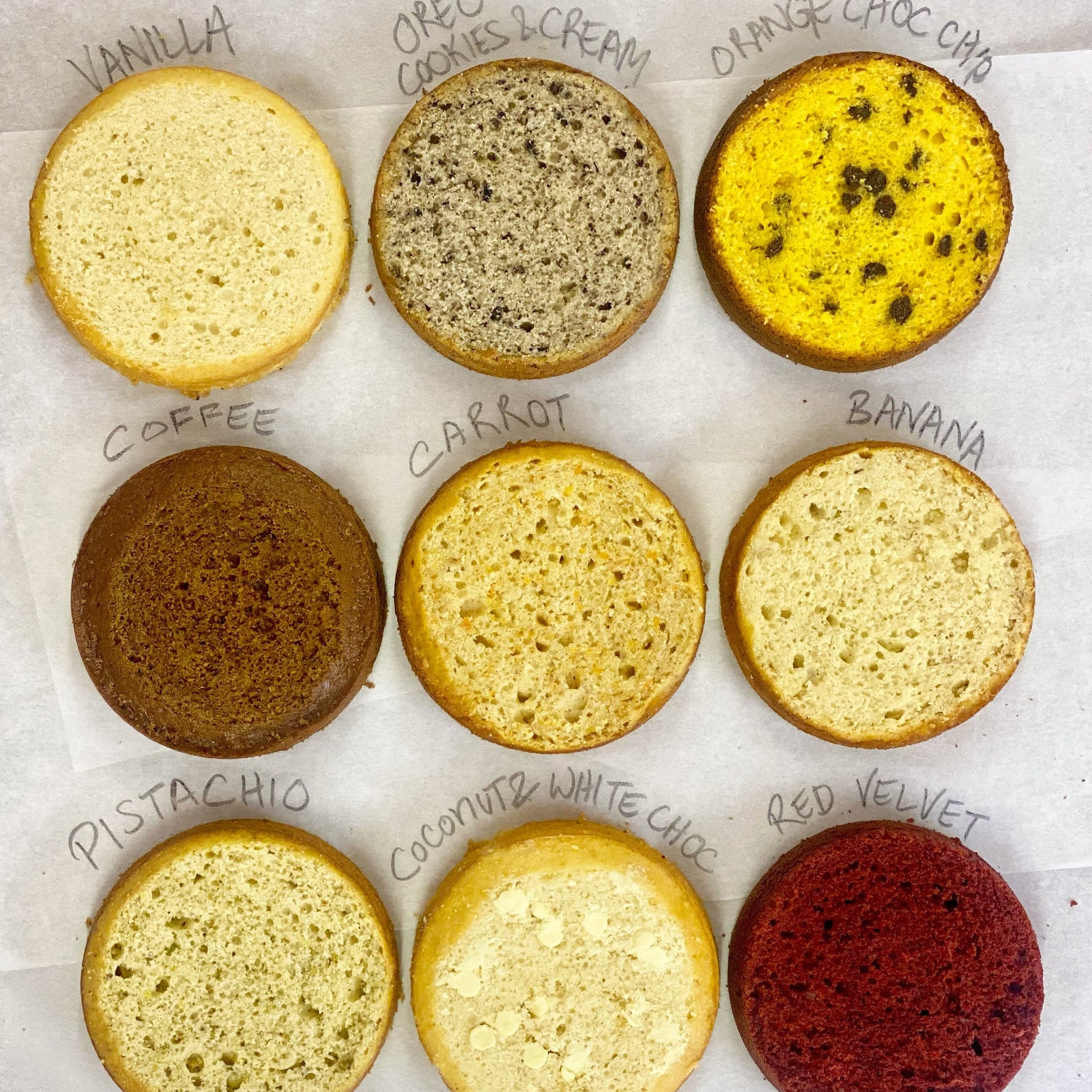

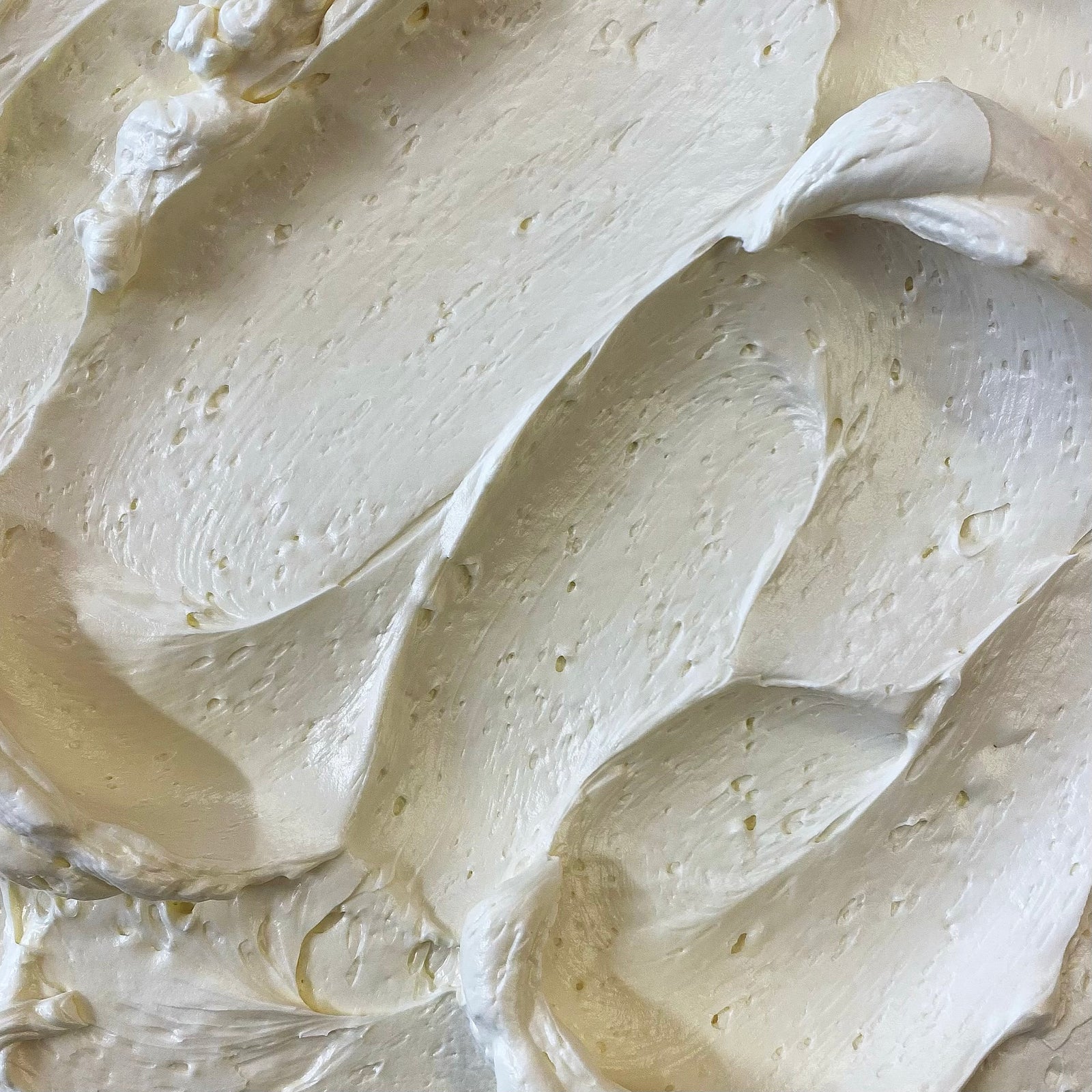

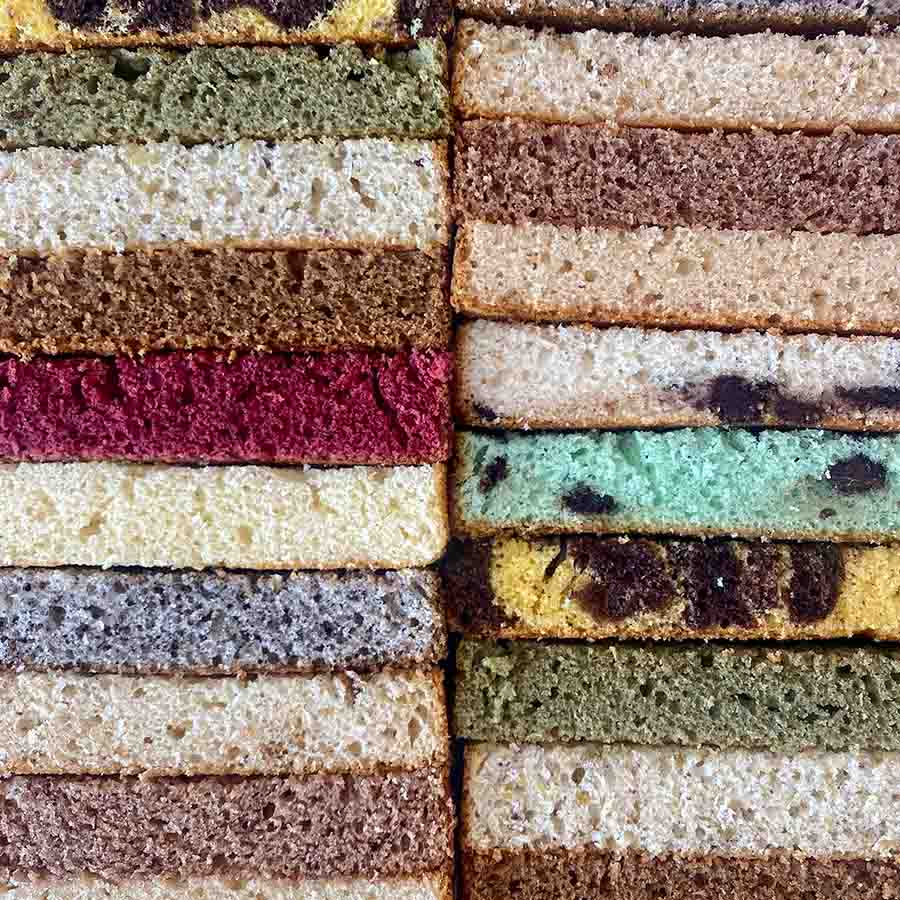


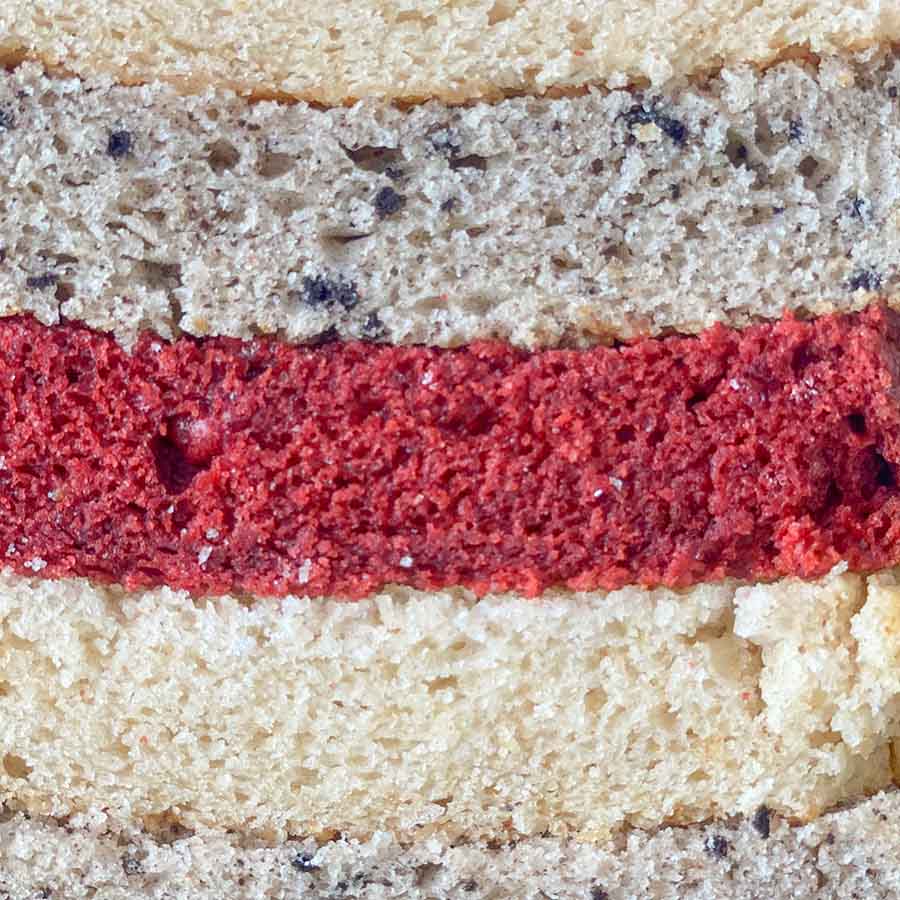

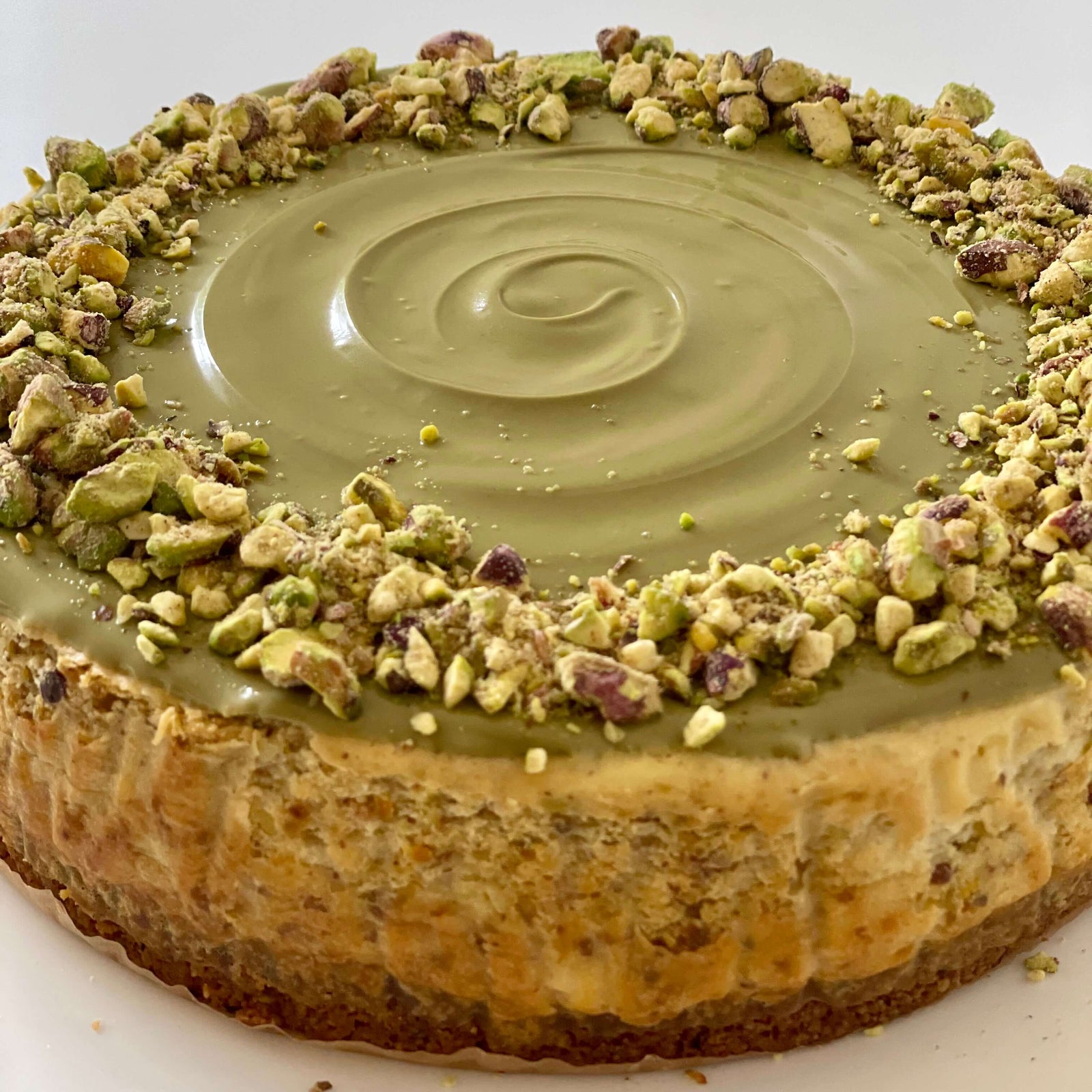
Leave a comment (all fields required)